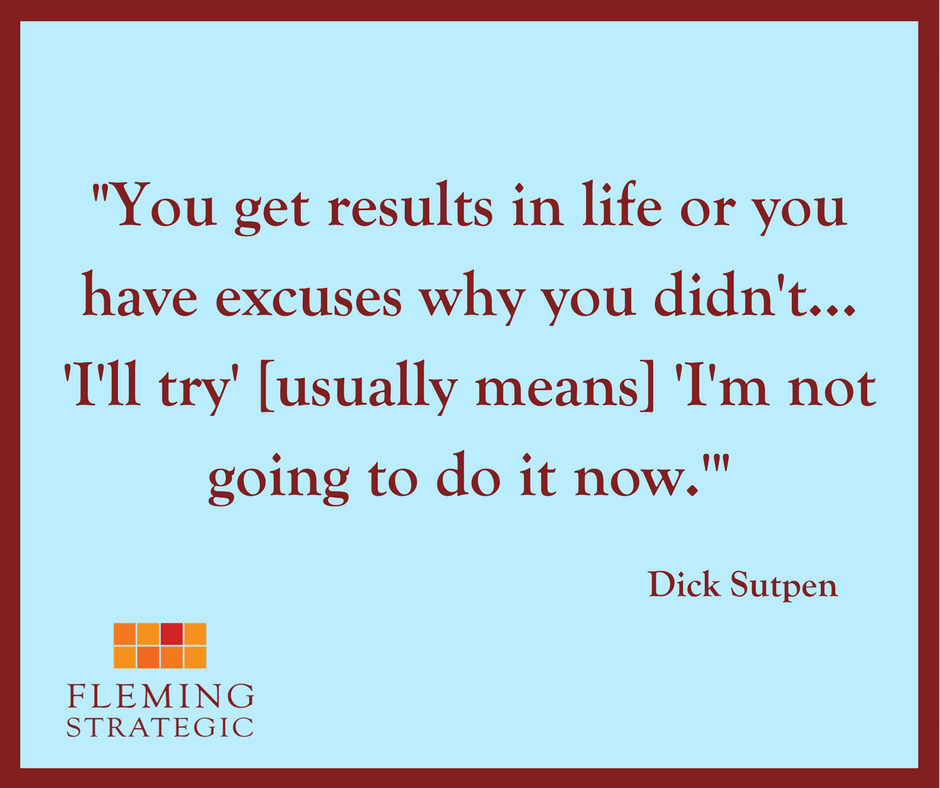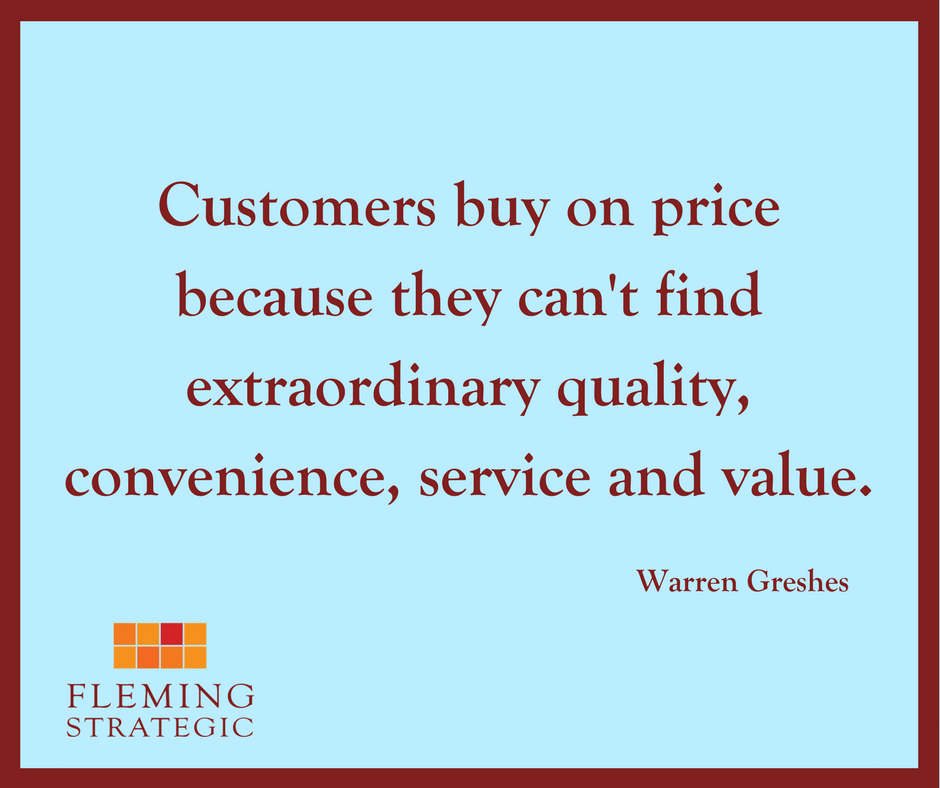Despite the best of intentions, it’s easy to let a relationship slide. You get busy, you lose track of your contact schedule, you run out of ideas for keeping in touch… And next thing you know, your relationship has atrophied.
But, like muscle, an atrophied relationship can be rebuilt. By focusing time and attention on your relationship and maintaining consistent effort, you’ll often be able to revive a good relationship more easily than you built it in the first place.
But you might feel awkward trying to re-energize a stagnant relationship, especially if you aren’t sure that the relationship can be reinvigorated. If you find yourself about to write off a relationship, you need to be sure that the relationship can’t be resurrected. It’s easy to allow discomfort to lead you into turning a neglected but viable relationship into a dead one, and lawyers far too often write off relationships before they’re truly finished. But how do you know? Or, as someone often inquires when I’m presenting a business development workshop, Is it ever too late to rebuild professional relationships that have languished?
The short answer is that it depends on the relationship. The deeper the relationship, the more likely it can be resurrected. If, however, you meet once and fail to follow up, or if you follow up only once or twice, the relationship will lack the firm footing necessary to allow it to flourish following a period of silence. That said, it never hurts to try to rebuild a relationship, particularly if your sole reason for reconnecting is to re-establish communication and not to seek a favor
So, what can you do to rebuild a connection that has faded? The simplest, and often the most effective, approach is to do precisely what you would do with a friend you haven’t seen in a long time: pick up the phone and say, “I realized it’s been a while since we’ve spoken, and you’ve been on my mind. Is this a good time to talk for a few minutes? How are things with you? What’s new?” If several months have passed since you were in touch with this contact, you may even begin the conversation by re-introducing yourself. (This is where my recommendation to maintain a database of contacts proves especially helpful: you don’t have to try to remember when and where you met.) You may experience a few awkward moments as your contact gets back into the connection, but most people will pick up relatively quickly.
If, like many lawyers, you’d rather do nine hours of painstaking document review without a coffee break than pick up with phone, you do have other options. For example, you might consider the following:
- Send an email to reconnect. You might suggest talking by telephone and either arrange a time or let your contact know you’ll be calling. While you’ll still have to pick up the phone, you’ve created an expectation that you will call, and chances are good that you’ll avoid an awkward beginning. If you suggest that you’ll call, though, you absolutely must do so – or run the risk of looking like a flake.
- Send an article or other resource that will interest your contact. The resource may address a legal or non-legal issue, but it must be tied in some way to a conversation you’ve had with the contact. Attach a note that says, “I remember talking with you about [topic of resource] at [wherever you had the conversation] and thought of you when I saw this [resource]. Hope it’s useful!” By doing so, you not only reconnect by offering assistance, but you do so in a way that will bring your conversation back to your contact’s mind and refresh the relationship.
- Issue an invitation. You might invite your contact to an open house or to attend a CLE or other seminar of interest with you. If you deliver an invitation by mail or email, be sure to attach a note saying that you look forward to reconnecting. This personal touch will indicate to your contact that your interest is genuine.
- Seek out news about your contact. This may be a more challenging approach if you’re seeking to reconnect than to maintain a relationship, but it’s worth a quick search to see whether your contact has been in the news recently. You may find news of a professional event (an honor awarded, a trial won, a leadership position attained) or a personal event (a new marriage, a new baby, a recreational or community activity). Such news offers an ideal reason to get in touch again.
Take a few minutes this week to review your list of contacts. With whom should you reconnect? Choose three to five people and reach out to them. Building and maintaining your network is always a valuable activity, and keeping relationships alive will often pay off (often in unexpected ways) over time.



